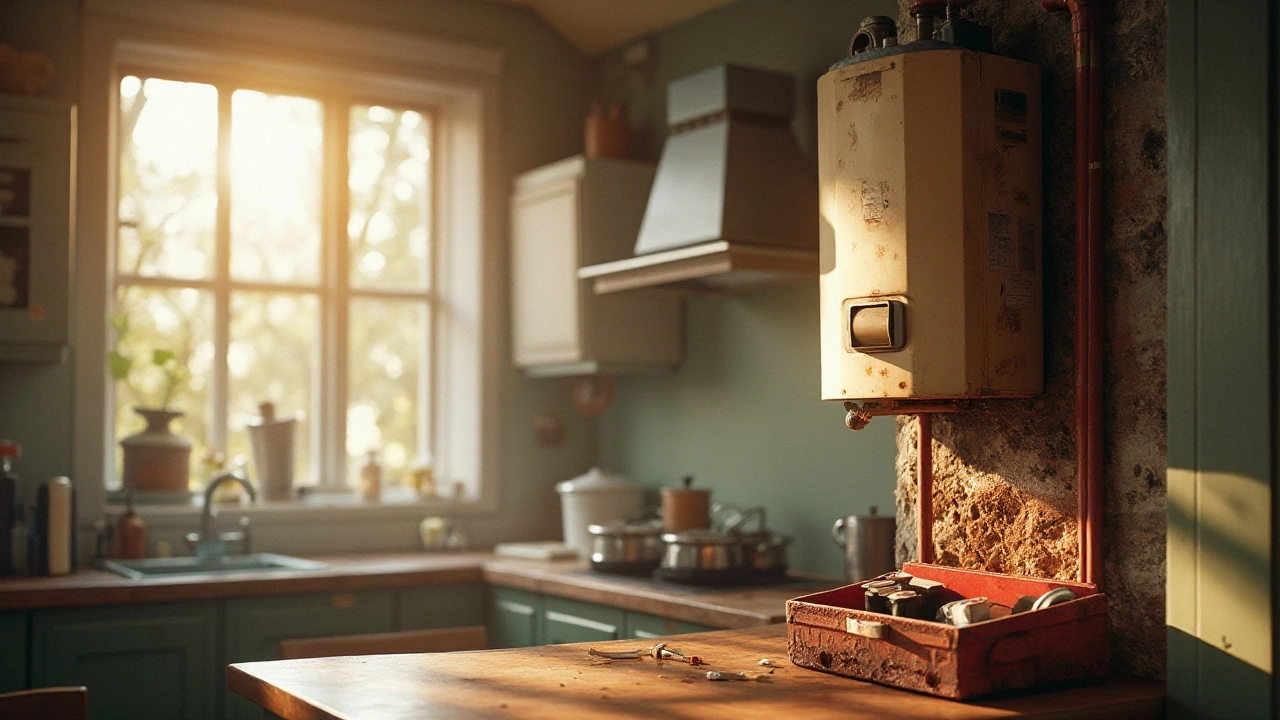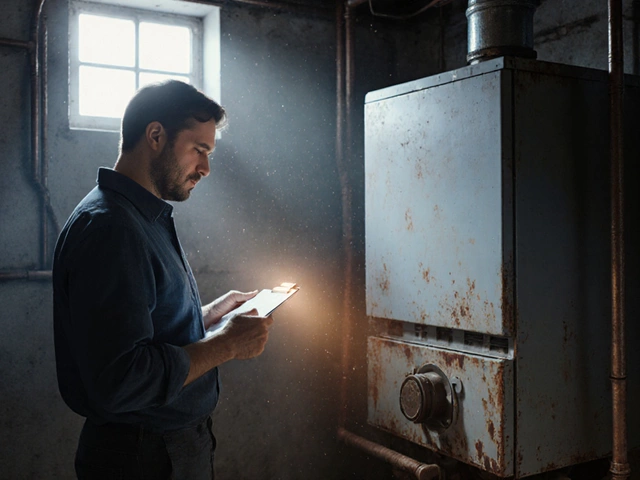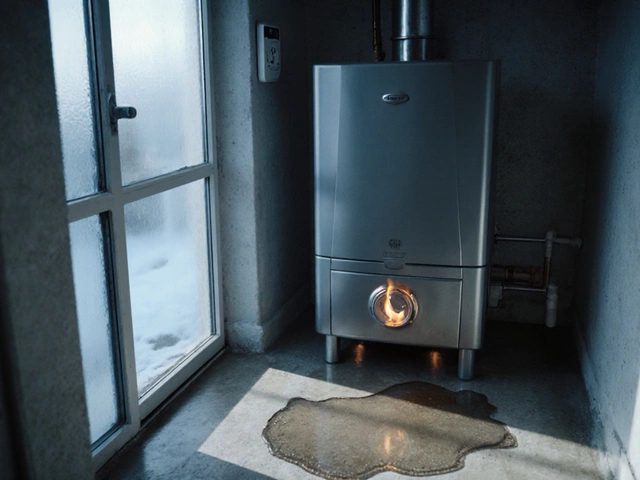Is Boiler Replacement a Big Job? What Homeowners Need to Know
October 10 2025Water Heater Tips: Keep Your Hot Water Flowing Efficiently
Got a water heater that’s getting slower, louder, or just not as hot as it used to be? Most of those issues are preventable with a few simple habits. Below you’ll find the everyday steps that keep your tank running smooth, help you avoid costly repairs, and stretch the life of the unit.
Why regular maintenance matters
Think of your water heater like a car engine – it loves fresh oil and clean parts. Over time sediment builds up at the bottom of the tank, which forces the heating element to work harder and raises your bill. A quick annual check can catch rust, leaks, and faulty thermostats before they turn into emergencies. Even a 10‑minute inspection each spring makes a big difference.
Flushing vs. draining – which is right for you?
Flushing means you run clean water through the tank while the heater is off, shaking loose the gunk that settled at the bottom. Draining is simply emptying the tank and letting it sit. If the water is cloudy or you hear rumbling, a full flush is the best bet. For newer units with little buildup, a simple drain once a year does the trick. The key is to turn off power or gas, connect a hose to the drain valve, and let the water run until it looks clear.
While you’re up there, check the anode rod. This “sacrificial” metal piece eats away instead of the tank, protecting it from corrosion. If it’s more than half worn, replace it. The swap is easy – just loosen the rod, pull it out, and screw a new one in. Doing this every two to three years keeps the tank from rusting inside.
Temperature settings are another hidden cost driver. The recommended safe setting is 120°F (49°C). Anything higher wastes energy and can cause scalding. Most modern heaters have a dial on the front; turn it down a little and you’ll notice lower bills without losing comfort.
Insulating the tank and the first few feet of pipe is a cheap hack that adds years to the heater’s life. Foam blankets fit most 40‑ to 80‑gallon units and cut heat loss by up to 30 %. Just wrap the blanket around the tank, fasten it with tape, and make sure the top and bottom stay open for ventilation.
Spot the signs before a breakdown: uneven water temperature, noisy rumbling, rusty water, or water pooling around the base. Any one of these cues means it’s time to call a qualified gas engineer. Trying to fix a gas‑powered heater yourself is risky – a professional can safely test pressure, check venting, and replace faulty parts.
Bottom line: a little routine care – flush or drain, inspect the anode, set the right temperature, and add insulation – can keep your water heater humming for a decade or more. When you see red flags, don’t wait. Early intervention saves money, prevents water damage, and keeps your showers hot and safe.
 31 Jan
31 Jan
Maximize the Life Expectancy of Your Water Heater with Expert Tips
Water heaters are essential for providing hot water in our homes, but their lifespan can vary greatly based on several factors. In this article, we'll explore the typical lifecycle of a water heater while providing insights into maintenance practices that can extend its life. Learn about the signs of a failing water heater and when it might be time to consider a replacement. Additionally, we'll discuss the benefits of regular maintenance and how to effectively implement it.
Read More...



